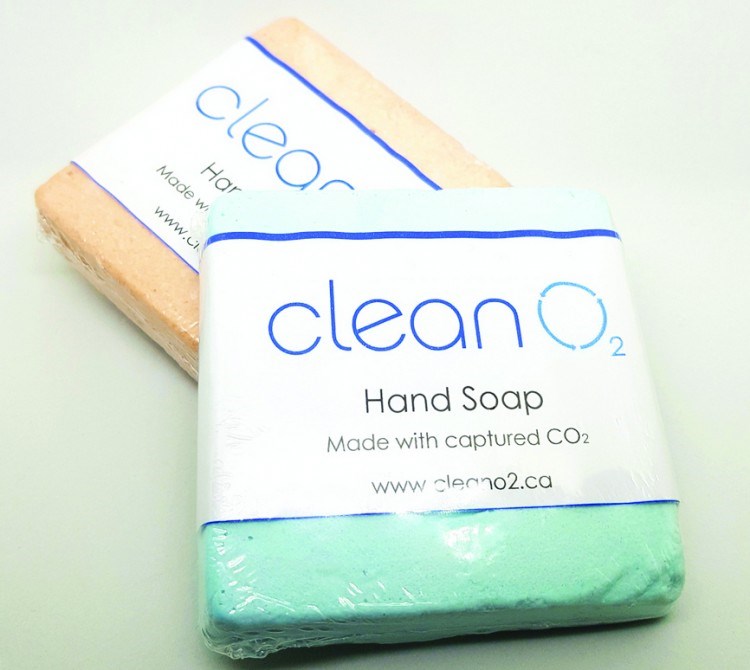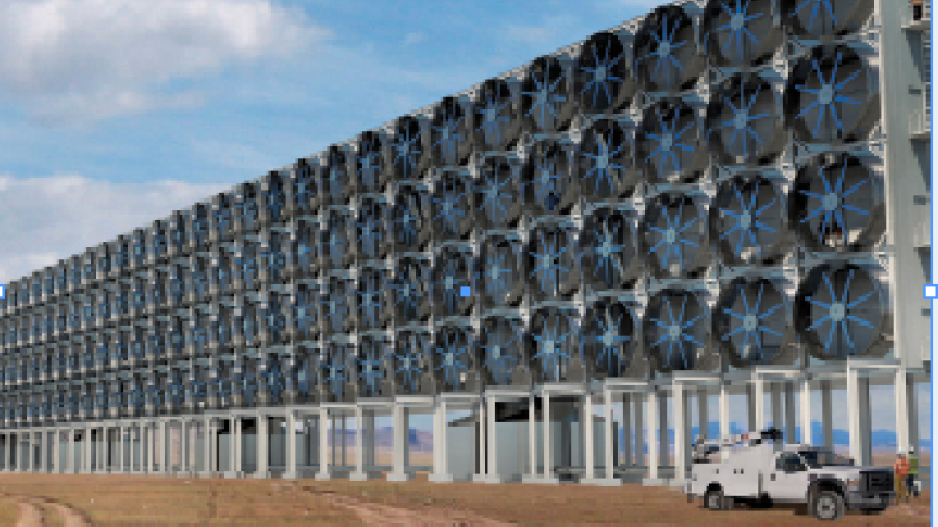A recent report by CMC Research Institutes and Pembina Institute estimates the global carbon capture market could be worth $800 billion by 2030. Here are some of the Canadian clean-tech companies chasing that market.
Carbon Engineering, Squamish. Direct-air carbon capture and conversion. One of the products it developed is a carbon-neutral jet fuel. Recently closed a US$68 million equity financing round. Investors include Bill Gates and Murray Edwards, founder and executive chairman of Canadian Natural Resources (TSX:CNQ).
Inventys, Burnaby. Developed an adsorption material that draws CO2 from industrial flue gas stacks. In partnership with Husky Energy Inc. (TSX: HSE) it is now building a $15 million demonstration plant in Saskatchewan, with the captured CO2 to be used in enhanced oil recovery.
CleanO2, Calgary. Developed CARBiNX, a small-scale carbon-capture device for home furnaces that captures CO2 in the form of carbonate, which can then be used to make a range of products, including hand soap.

CarbonCure Technologies, Dartmouth, Nova Scotia. Developed a process for adding CO2 to ready-mix concrete in which the CO2 becomes converted into a mineral and sequestered to make a lighter, stronger and lower-carbon concrete. More than 100 concrete makers in the U.S., Canada and Malaysia are using the product.
CO2 Solutions Inc. (TSX-V:CST), Montreal. Developed an alternative to existing liquid amine carbon capture that produces no toxic waste. Has partnered with Resolute Forest Products (TSX, NYSE:RFP) to build a 30-tonne-per-day carbon-capture plant at the company’s pulp mill in Saint-Félicien, with the CO2 to be used in the Toundra Greenhouse complex.
Pond Technology, Markham, Ontario. Developed a process for taking untreated emissions from power plants, refineries or cement plants and uses it to grow algae in bioreactors, sequestering the carbon and cleaning up other impurities from the exhaust. The algae is then used to make animal feed, cosmetics and biofuels.
See related stories: The pipeline we do not know and B.C. clean-tech companies taking lead in capturing the growing carbon market




